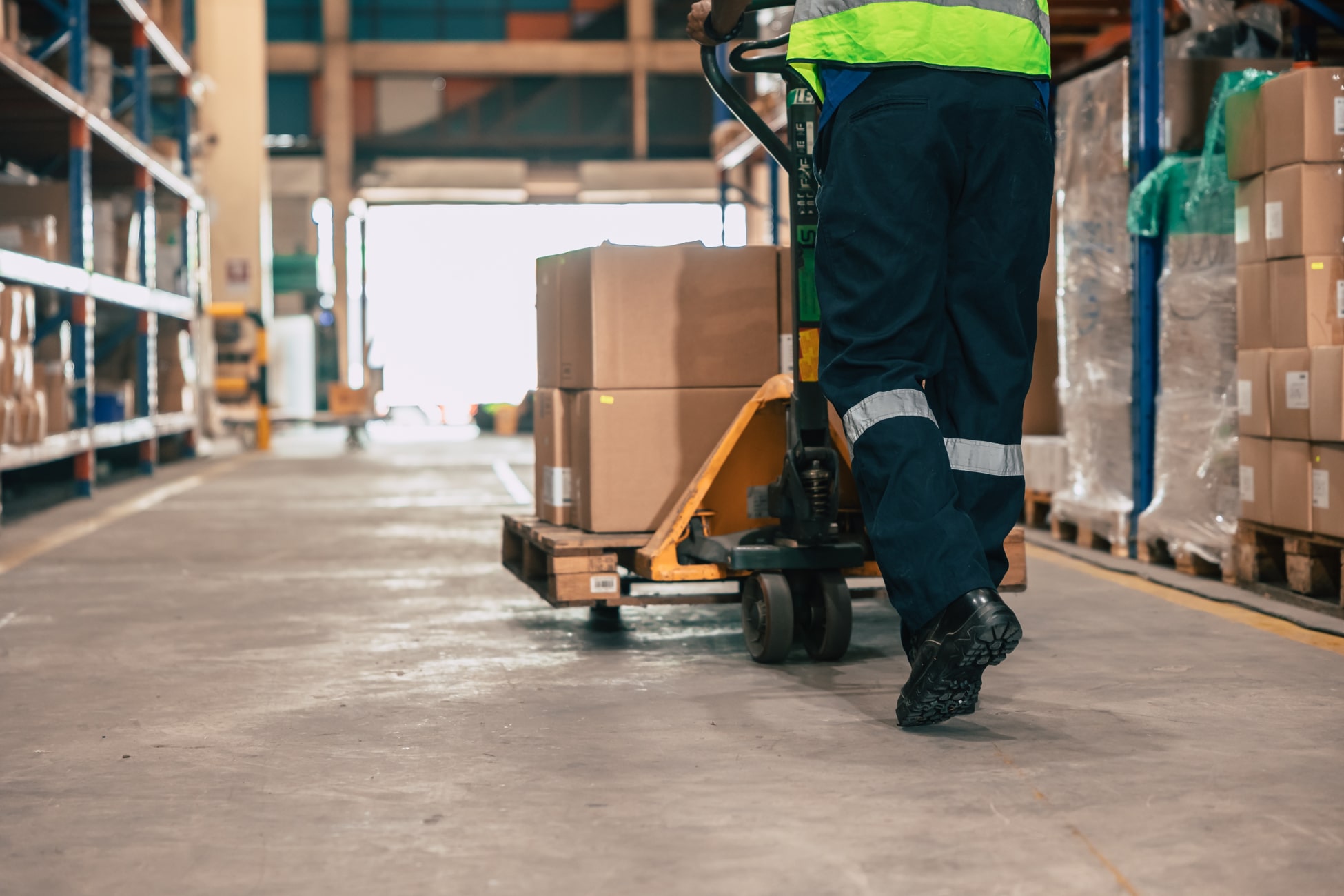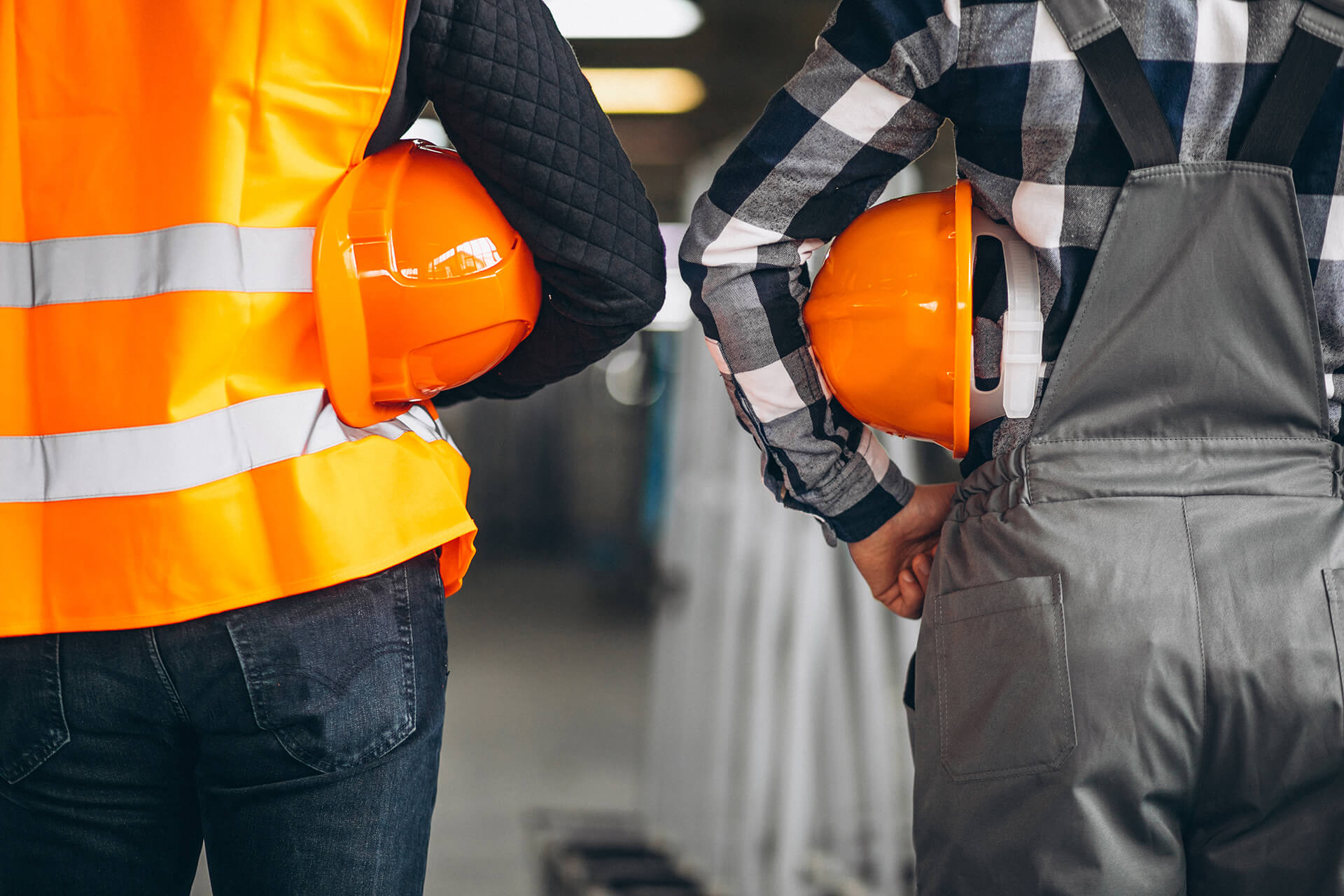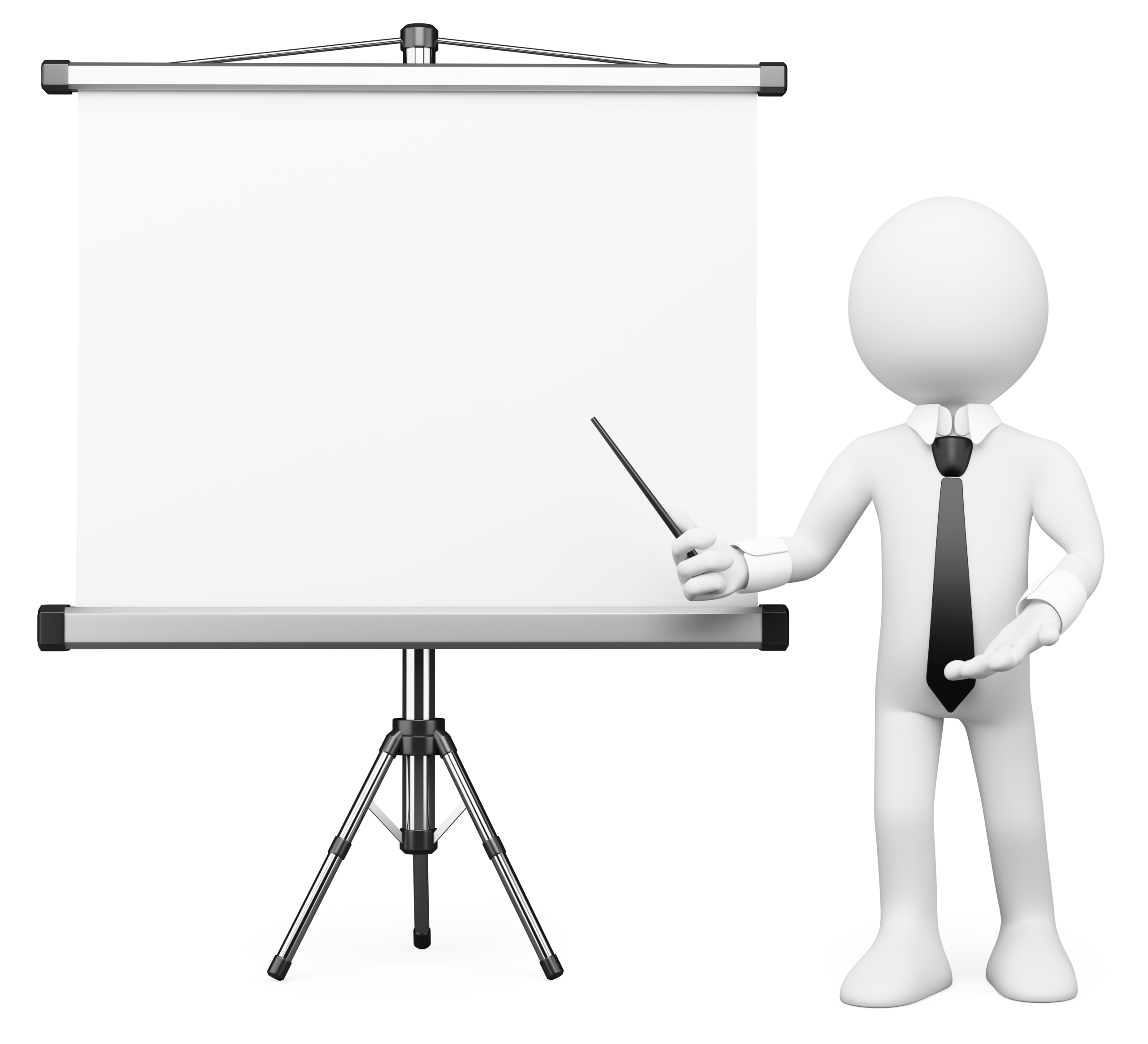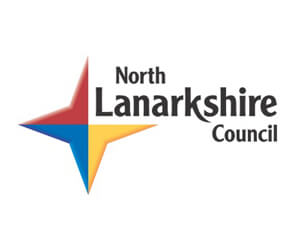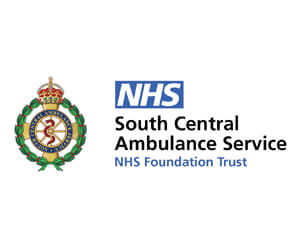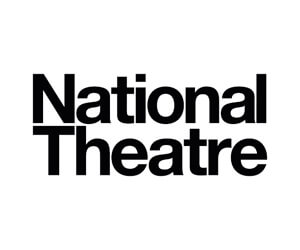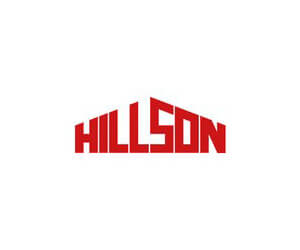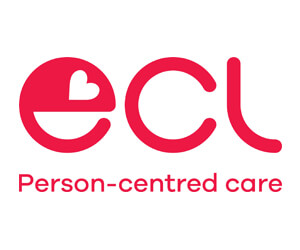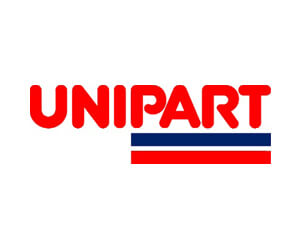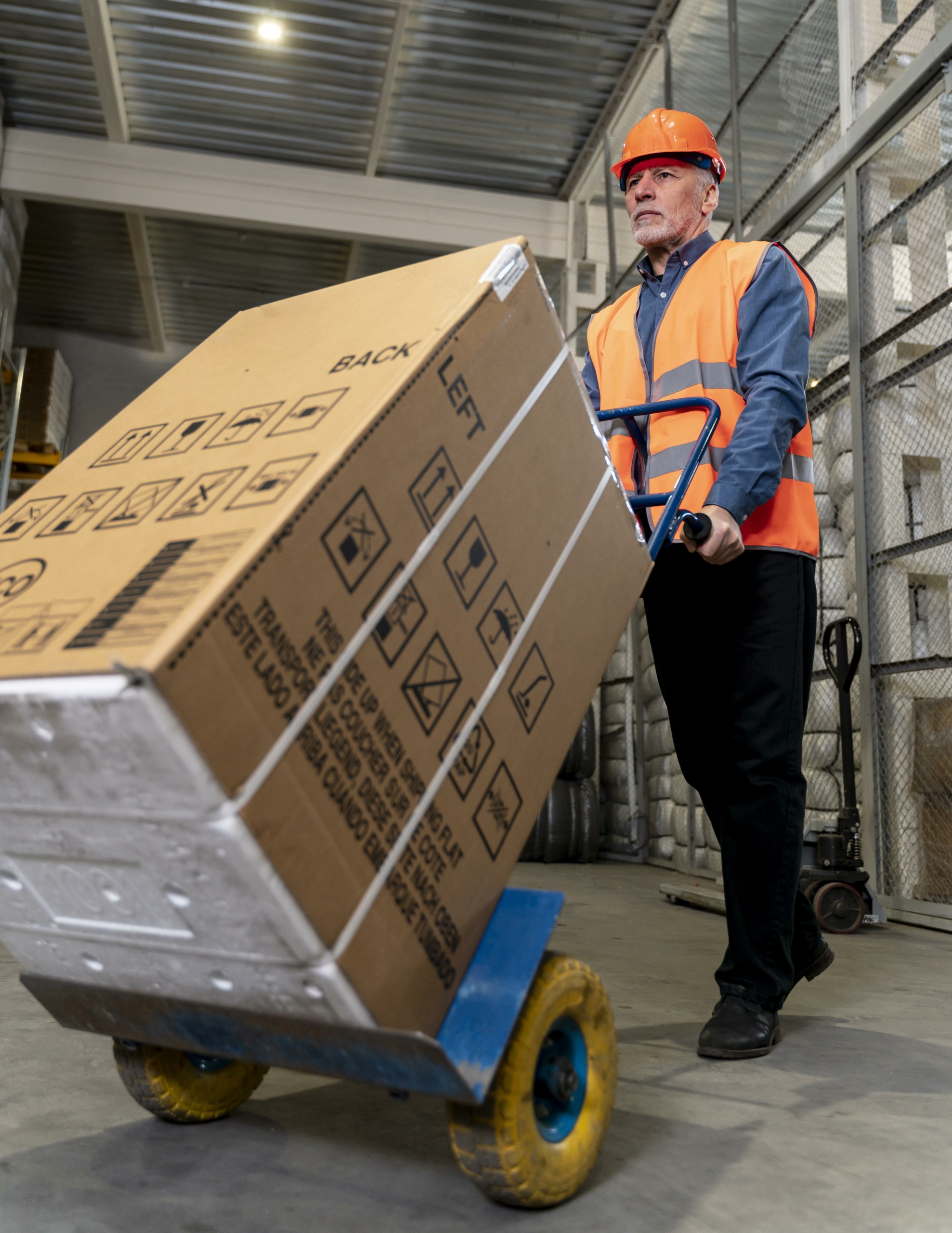
Manual Handling: it’s not just about lifting and carrying
When you think of manual handling, you automatically picture the lifting and carrying of loads. But lifting and carrying is by no means the be all and end all of manual handling.
Pushing and pulling is a much used way of shifting a manual load, often using a handling aid such as a trolley. Whilst this does avoid traditional manual handling and all the risks that go with it, pushing and pulling have their own risks which have to be considered when planning a risk assessment.
The Manual Handling Operations Regulations apply to pushing and pulling as much as they apply to lifting, carrying and lowering loads.
This year the Health and Safety Executive (HSE) is due to launch its new Risk Assessment of Pushing and Pulling Tool (RAPP Tool). It will assist those responsible for analysing the risks involved in this type of handling task. The HSE feels that pushing and pulling tasks are often overlooked in risk assessments because they are seen as solutions for manual handling, but as we said, these tasks do in fact carry their own risks.
What are the risks involved in pushing and pulling?
Pushing and pulling were behind 11 per cent of the manual handling incidents investigated by the HSE. Most of these (44 per cent) were back injuries, followed by shoulder, arm, wrist and hand injuries (just under 29 per cent). Pulling was responsible for more accidents than pushing, and most involved non-wheeled objects.
Just over a third of these incidents though did involve wheeled objects such as roll cages, pallet trucks and trolleys, which proves the importance of including pushing and pulling in your manual handling training and risk assessments.
What should pushing and pulling training involve?
A manual handing trainer will usually recommend that where there is a choice, it is preferable to push a load rather than pull it. This is because firstly, it allows you to see the route forward (providing the load is not too high) and secondly, it avoids stretching muscles such as those in the shoulders, arms, hands and wrists. Thirdly it is best to have the load in front of you, in case it topples.
The training should take you through various factors, including:
Loading: How to ensure the centre of gravity is kept low so as to avoid toppling, and the importance of keeping height restricted so that handlers can see over the load.
Route: Planning a route so as to avoid narrowing areas, pot holes and slopes.
Equipment: Running a maintenance check over pushing or pulling equipment to ensure everything is in working order, brakes are operating correctly and wheels are properly fitted and pointing in the right direction.
Positioning: Handlers will be shown how to use their major, stronger muscles so as to avoid injury to lesser used, weaker muscles. This is done through the creation of what is known as the ‘A-Frame’. Hands need to be kept close in, so as to avoid potential impact.
Alistair Bromhead Ltd manual handler training courses cover every aspect of manual handling, including pushing and pulling. For further details email info@abromhead.co.uk or call 07932 674707.





